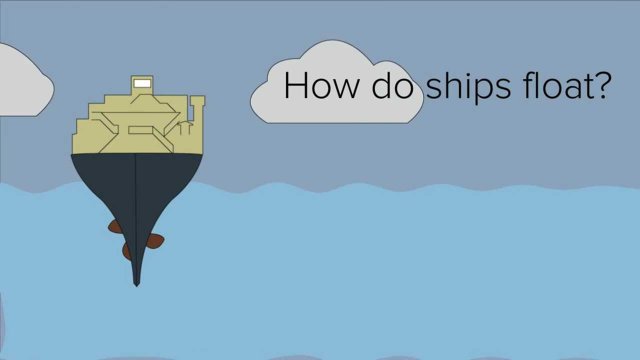"A canoe made out of concrete, that won't float in water, right?" Wrong! Concrete is often seen as a very heavy material, that cannot float in any possible way. However, it does not matter what the weight of the material of the object is, as long as, according to Archimedes Principle, it displaces enough water.
Archimedes principle can be stated as: ‘An object wholly or partly immersed in a liquid appears to suffer a loss of weight equal to the weight of the liquid displaced'. In other words: as long as the mass of the water displaced by the object is larger than the mass of the object, it floats. This is a princple which every boat uses: from carbon rowing boats to metal container ships and from wooden pirate ships to concrete canoes. Check the video below for a visual explanation.
Nevertheless, constructing a canoe out of concrete is not as easy as it might seem. We as BetonBrouwers want our canoes to be as leightweight as possible, preferablly less than 50 kilograms. Therefore, two elements are key in our construction of the canoes: thin walls and lightweight concrete. We want the walls of our canoes to be as thin as possible, preferably no less than 5 millimeters. The walls consist of 5 different layers: an outer layer of concrete, a first layer of reinforcement in the form of fibreglass nets (also called mesh), a second layer of concrete, a second layer of mesh and a finishing layer of concrete. Concerning our concrete mixture: we have created a mixture that ways half of the regular types of concrete but is still strong enough to withstand the forces that occur within the canoes.
If you want to know more about our construction or the construction process, check out A Concrete Canoe: Step by Step see our construction reports, or simply send us an email via BetonBrouwers@ConcepT.utwente.nl

